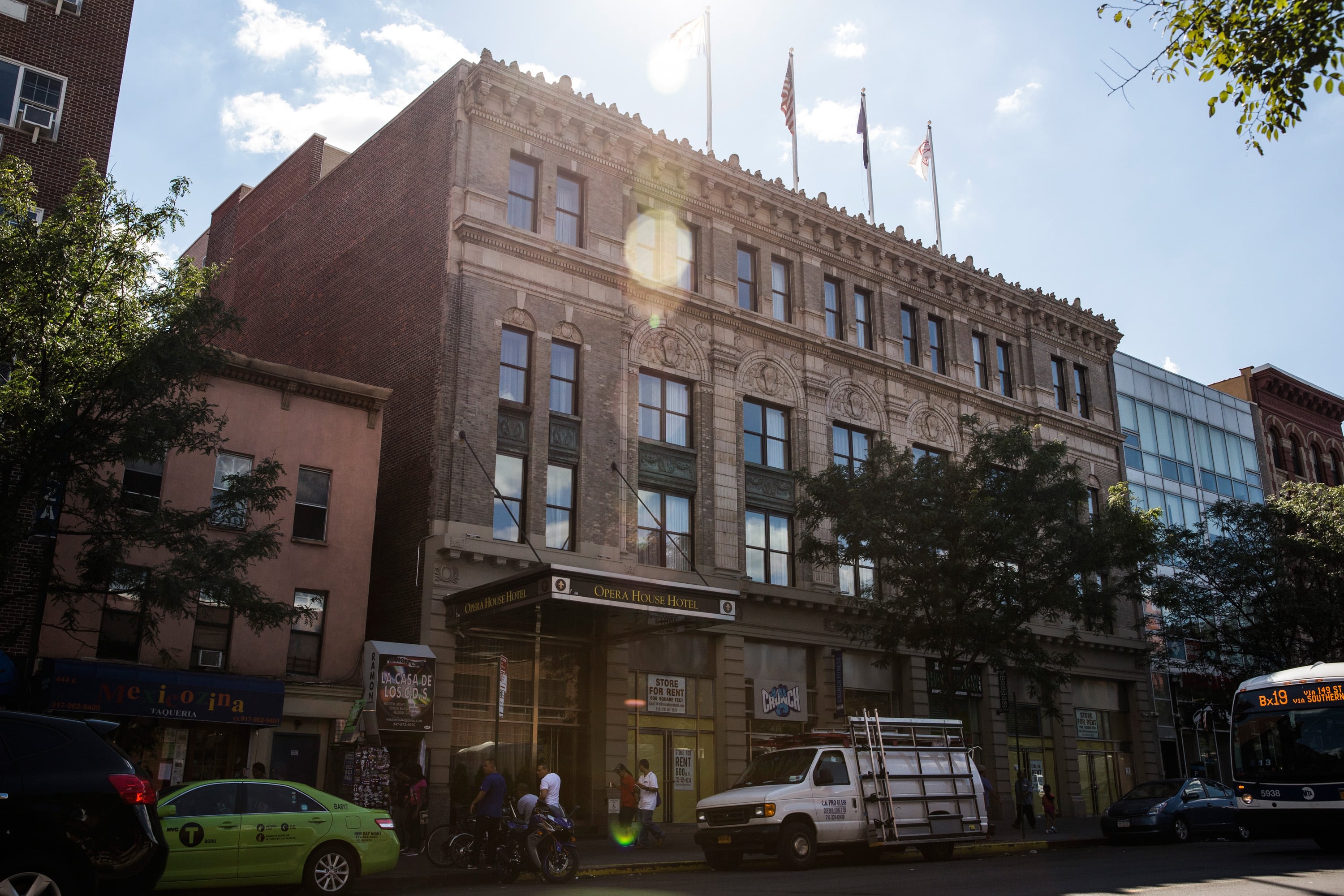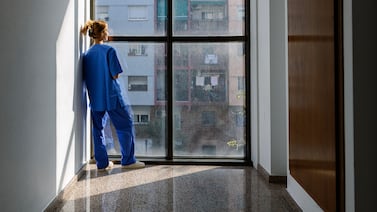This is a guest essay for Healthbeat. Public health, explained: Sign up to receive Healthbeat’s free national newsletter here.
New York City is experiencing its second-largest outbreak of Legionnaires’ disease linked to contaminated cooling towers. More than 100 people have been diagnosed, and five have died. For me, this outbreak is an unfortunate reminder of the summer of 2015, when I served as incident manager for the city’s largest outbreak, which sickened 138 people and killed 16.
That outbreak, traced to a cooling tower at a hotel in the South Bronx, forced the city to address a problem that had long been suspected but never adequately addressed: the role of buildings in spreading Legionella bacteria through the air.
What is Legionnaires’ disease?
Legionnaires’ disease is a severe form of pneumonia caused by Legionella bacteria. Infected people often develop symptoms of a respiratory infection, such as cough, fever, and shortness of breath, and can be cured with antibiotic treatment. Infection can be lethal, however, in people over 50 years old, smokers, and those with chronic illnesses. Many infected people are never diagnosed, because it requires clinicians to order special laboratory testing of respiratory specimens or urine for Legionella. People with Legionnaires’ disease cannot spread it to other people.
How are cooling towers linked to Legionnaires’ disease?
People get infected with Legionella by breathing in small droplets of water contaminated with the Legionella bacteria. These droplets most often come from devices that use water and generate a mist, such as hot tubs or improperly maintained plumbing systems in settings with vulnerable populations, including hospitals and nursing homes.
Another major source is cooling towers, which are usually placed on rooftops of large buildings. Air-conditioning systems generate waste heat, which is absorbed by water in the building’s cooling system. This heated water is pumped into the cooling tower and sprayed into the air. As some of the water evaporates, it carries heat away, creating a mist that is released into the environment.
Legionella bacteria can grow on the inside surfaces of pipes and tanks in the cooling tower. From there, these bacteria can be expelled into the air along with the mist and carried long distances, exposing thousands of people who walk on the streets in the area near the cooling tower or who breathe in the mist through their windows. The only way to prevent Legionella bacteria from growing and spreading through the air is to maintain and disinfect cooling towers consistently and correctly.
2015 South Bronx Legionnaires outbreak prompted legislation
By the time we detected the 2015 outbreak, dozens of people had been hospitalized. Our investigation eventually tested more than 50 cooling towers in the neighborhood. We found two towers with the same strain as patients, but a specialized form of laboratory testing — known as whole-genome sequencing — confirmed that a cooling tower on top of a new hotel was the primary source.
The outbreak centered in one of New York’s poorest neighborhoods, where residents already suffered disproportionately from chronic illnesses that made them more vulnerable. In total, 138 people were sickened and 16 died, making it the largest Legionnaires’ disease outbreak in the city’s history and the second-largest ever reported in the United States.
For years, experts had warned that cooling towers were a likely source of recurrent Legionnaires’ outbreaks. Cases occur sporadically every year, and most are never linked to a specific source. That is because proving the source of a human infection requires more than just finding Legionella in the environment. Investigators need a DNA fingerprint of the bacteria, obtained through laboratory methods such as pulsed-field gel electrophoresis or whole-genome sequencing, to show that the strain that infected a patient matches the strain from a cooling tower.
Even with these tools, the process can be time-consuming and not always definitive, since Legionella is widespread in natural and built environments. This scientific complexity is one reason outbreaks from cooling towers often go unrecognized until many people become ill in a specific geographic area.
As with most public safety measures, it takes a crisis — like a plane crash or a deadly outbreak — to spur changes. In the wake of the 2015 outbreak, New York’s City Council passed cooling tower regulations for Legionnaires’ disease. The law required every building with a cooling tower to register it with the Health Department, test it quarterly, and remediate it if Legionella were detected. The New York City cooling tower law also funded inspectors at the Health Department to ensure that building owners’ complied.
Did New York City’s regulations for cooling towers work?
Within the first year, the Health Department had inspected nearly 80% of towers, forcing remediation of contamination that would previously have gone undetected. While the number of Legionnaires’ cases has fluctuated, no large outbreaks occurred until now.
During the peak of the Covid pandemic, city government diverted resources to the emergency response, and routine inspections fell. Since then, staffing at the City Health Department, similar to other health agencies across the country, has not fully recovered. Reporters found that the number of cooling tower inspections this year is at the lowest level since the program began.
After the latest outbreak was detected, the Health Department reported that 11 cooling towers in the area tested positive for Legionella. Of these 11, four are operated by the city, and two are for health services (Harlem Hospital and a Health Department sexual health clinic).
In public health, proving causation — that X program directly caused Y benefit — is always difficult. We know that keeping cooling towers free of Legionella will decrease the amount of Legionella spreading through the air. We know that outbreaks were increasing in New York City before the 2015 outbreak and then declined after the cooling tower inspection program started. And we know that, after inspections declined in 2025, another large, lethal outbreak has occurred.
Infections may be inevitable, but outbreaks are a choice
The lesson from the 2025 Legionnaires’ disease outbreak in New York City is one that everyone in public health knows: Regulations do not enforce themselves. They require sustained investment in government personnel to ensure people comply with regulations. The Covid pandemic has sparked a strong backlash against government authority, and austerity budgets are now starving public health agencies. Infections may be inevitable, but outbreaks are a choice.
Dr. Jay K. Varma is a physician and epidemiologist. An expert in the prevention and control of infectious diseases, he has led epidemic responses, developed global and national policies, and implemented large-scale programs that saved hundreds of thousands of lives in Asia, Africa, and the United States.







